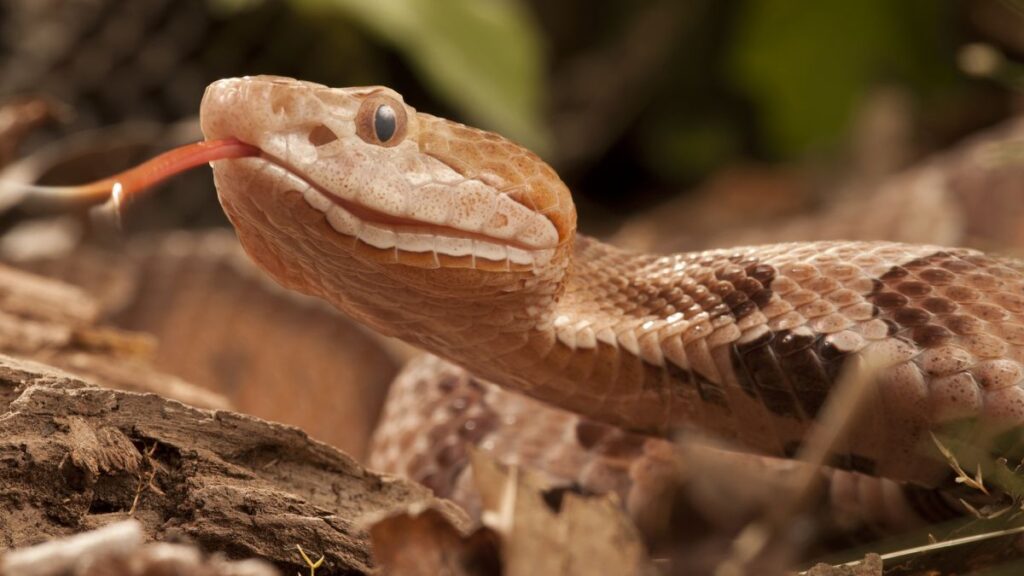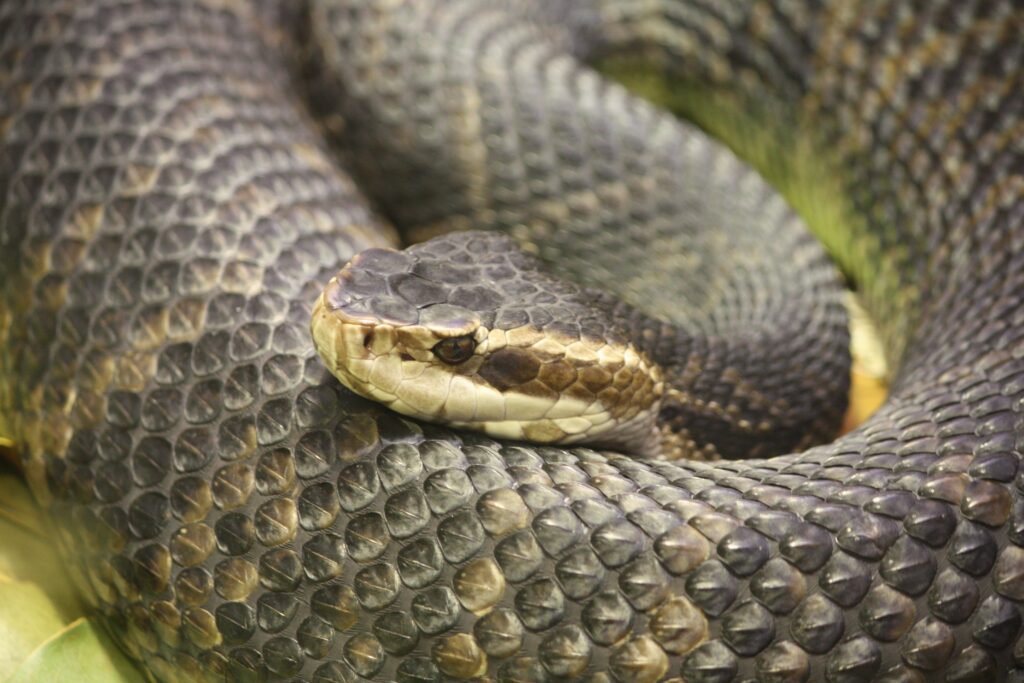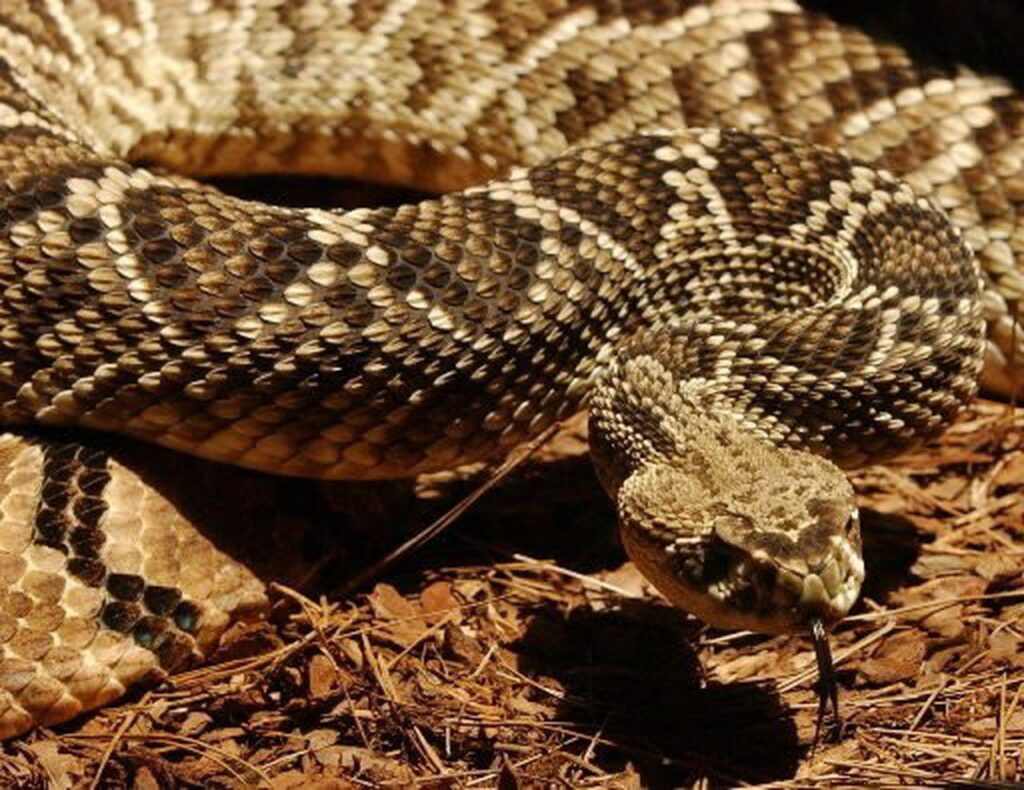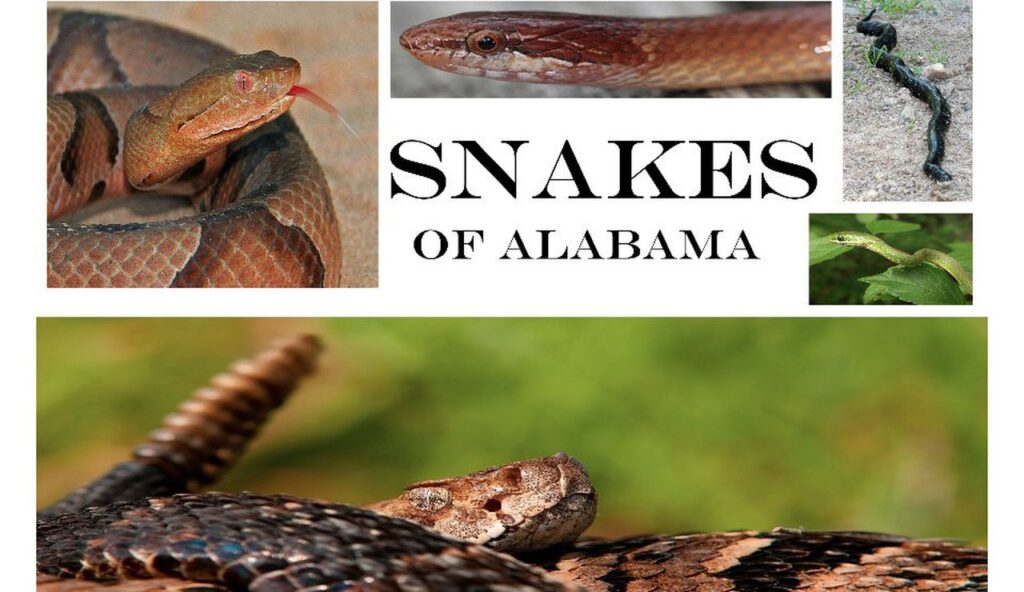One of the places with a rather unique ecosystem is Alabama. This is the home of many poisonous snakes with special characteristics that many people may not know. Discover Poisonous Snakes In Alabama will introduce you to poisonous snakes found in Alabama.
Ecosystem Features of Alabama
From coastal marshes and swamps to woodlands and grasslands, Alabama is home to a wide variety of ecosystems and habitats. Alabama’s ecology is notable for several reasons, including:
Coastal Marshes and Swamps: These habitats, which are found along the Gulf Coast, support a broad range of flora and creatures, such as cypress trees, alligators, and migratory birds.
Forests: Pine, oak, and hickory are among the different kinds of forests that may be found in Alabama. Bears, turkeys, deer, and other animals can all find a home in these forests.
Grasslands: A variety of grasses, wildflowers, and other species can be found in the state’s grasslands. These places are crucial for maintaining wildlife, such as birds and insects.
Rivers and Streams: Tennessee, Alabama, and Tombigbee are just a few of the rivers and streams that Alabama is home to. Numerous fish species and other aquatic creatures can find habitat in these streams.
Lakes and Ponds: The state is home to a large number of lakes and ponds that provide a habitat for a wide range of aquatic creatures, including fish, amphibians, and reptiles.
Overall, the ecosystems of Alabama are diverse and support a vast range of plants and animals.
Common venomous snakes in Alabama
Copperhead
Alabama is one of the states where copperheads, a poisonous snake, can be found. They belong to the same family as rattlesnakes and cottonmouths, the pit viper family. Copperheads are typically 2 to 3 feet long, with reddish-brown or copper-colored bodies and characteristic crossbands in the shape of an hourglass. They can be found in a range of environments, including rocky terrain, wetlands, and woodlands.

Although copperheads are not typically hostile and will attempt to avoid coming into contact with people, they may bite if they feel threatened or provoked. Although copperhead bites can be uncomfortable and necessitate medical attention, they are typically not fatal. It’s crucial to leave a copperhead alone and give it lots of room if you come across one.
Cottonmouth
The southeastern United States, particularly Alabama, is home to cottonmouths, sometimes referred to as water moccasins. They belong to the same family as copperheads and rattlesnakes, the pit viper family. Cottonmouths typically reach lengths of 2-4 feet and have hefty, thick bodies that are dark, olive brown, or black.

Their common name comes from their characteristic white or light-colored lips. Swamps, marshes, and streams are just a few of the watery settings where cottonmouths can be found. When confronted, they are more likely to bite than copperheads since they are typically more aggressive.
Bites from cottonmouths can be harmful and necessitate medical intervention. It’s crucial to leave a cottonmouth alone and give it lots of room if you come across one. This is the next snake in Discover Poisonous Snakes In Alabama.
Timber Rattlesnake in Alabama
The eastern United States, including Alabama, is home to the timber rattlesnake, commonly referred to as the canebrake rattlesnake. It is a huge snake, ranging in length from three to five feet, with a thick, hefty body with a striking pattern of crossbands in brown, black, and tan. Forests, swamps, and rocky places are just a few of the locations where timber rattlesnakes can be found.

They tend to be more solitary than other venomous snakes and will make an effort to stay away from people. They will bite if they sense a threat or are provoked. Bites from timber rattlesnakes can be harmful and necessitate medical intervention. It’s crucial to leave a timber rattlesnake alone and allow it plenty of room if you come across one. This is the next snake in Discover Poisonous Snakes In Alabama.
Pigmy Rattlesnake in Alabama
The pygmy rattlesnake, commonly referred to as the ground rattler, is a poisonous snake that lives in Alabama and other parts of the southeastern United States. It is a little snake, usually between one and two feet long, with a thin, narrow body with a pattern of crossbands in brown, black, and tan. Forests, swamps, and rocky places are just a few of the locations where pygmy rattlesnakes can be found.

They tend to be more solitary than other venomous snakes and will make an effort to stay away from people. They will bite if they sense a threat or are provoked. Bites from pygmy rattlesnakes can be harmful and necessitate medical intervention. It’s crucial to leave pygmy rattlesnakes alone and allow them plenty of room if you come across one.
Eastern Diamondback Rattlesnake in Alabama
The southeastern United States, especially Alabama, is home to the poisonous Eastern diamondback rattlesnake. The largest poisonous snake in the country, it has a thick, hefty body with a characteristic pattern of diamond-shaped crossbands and can grow to be 4 to 7 feet long. Forests, swamps, and rocky places are just a few of the locations where eastern diamondback rattlesnakes can be found.

They tend to be more solitary than other venomous snakes and will make an effort to stay away from people. They will bite if they sense a threat or are provoked. The bite of an eastern diamondback rattlesnake can be extremely harmful and necessitate medical intervention.
It’s crucial to leave an Eastern diamondback rattlesnake alone and allow it plenty of room if you come across one. This is the next snake in Discover Poisonous Snakes In Alabama.
Eastern Coral Snake in Alabama
The Southeast of the United States, particularly Alabama, is home to the venomous Eastern coral snake. It is a little snake that is usually between two and three feet long. It has a thin, narrow body with a striking pattern of red, yellow, and black stripes. Forests, wetlands, and grasslands are just a few of the diverse habitats where eastern coral snakes can be found.

They tend to be more solitary than other venomous snakes and will make an effort to stay away from people. They will bite if they sense a threat or are provoked. Bites from eastern coral snakes can be extremely hazardous and can need medical intervention. It’s crucial to leave an Eastern coral snake alone and allow it plenty of room if you come across one. This is the next snake in Discover Poisonous Snakes In Alabama.
Hope the article Discover Poisonous Snakes In Alabama will provide useful information for you.

